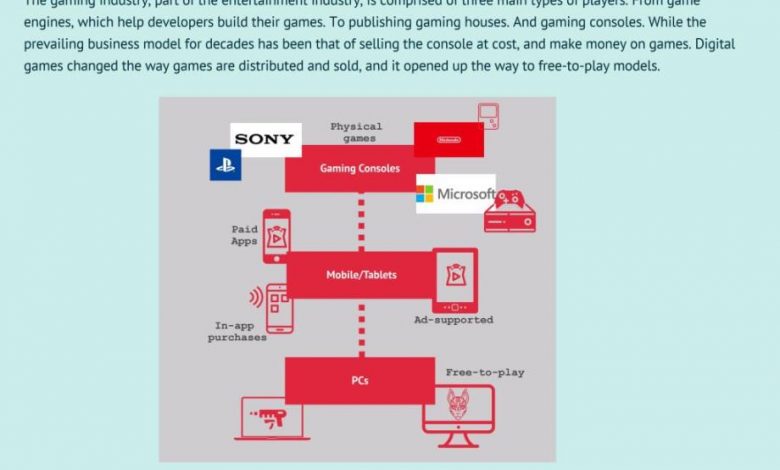Understanding the Business Model of Litecoin

Understanding the Business Model of Litecoin
What is Litecoin?
Litecoin is a peer-to-peer cryptocurrency that was created by Charlie Lee, a former Google engineer. It was launched in 2011 as a fork of the original Bitcoin. Similar to Bitcoin, Litecoin operates on a decentralized network and utilizes blockchain technology.
The Business Model of Litecoin
1. Mining Rewards
One of the key aspects of Litecoin’s business model is mining rewards. Miners use their computational power to solve complex mathematical problems, validating transactions and adding them to the Litecoin blockchain. As a reward for their efforts, miners are granted a certain amount of Litecoins. This process not only secures the network but also incentivizes individuals to participate in the system.
2. Transaction Fees
Litecoin’s business model also includes transaction fees. When users send Litecoins to each other, a small transaction fee is attached to the transaction. These fees serve two purposes. Firstly, they act as an incentive for miners to prioritize and include the transaction in the blockchain. Secondly, transaction fees provide a source of revenue for Litecoin as a company.
3. Development Fund
Litecoin has a development fund that supports the ongoing development and improvement of the cryptocurrency. The fund consists of donations made by individuals, organizations, and even part of the mining rewards. The development fund allows Litecoin to invest in research, development, and marketing initiatives, ensuring the currency’s growth and viability in the long run.
Frequently Asked Questions (FAQs)
Q1: How is Litecoin different from Bitcoin?
Litecoin and Bitcoin share many similarities, but there are a few key differences. Litecoin has a faster block generation time and uses a different hashing algorithm, which means transactions can be confirmed more quickly. Additionally, Litecoin has a larger supply cap than Bitcoin, with 84 million Litecoins compared to Bitcoin’s 21 million.
Q2: Can I use Litecoin for everyday transactions?
Yes, Litecoin can be used for everyday transactions. It functions as a digital currency, allowing users to send and receive payments, purchase goods and services, and even invest. Litecoin’s low transaction fees and faster confirmation times make it an attractive option for daily use.
Q3: How can I acquire Litecoins?
There are several ways to acquire Litecoins. You can purchase them on cryptocurrency exchanges using traditional currency or trade them for other cryptocurrencies. Additionally, you can also earn Litecoins through mining or receive them as payment for goods or services.
Conclusion
Litecoin’s business model revolves around mining rewards, transaction fees, and a development fund. These elements work together to incentivize miners, ensure the stability of the network, and support the ongoing improvement of the cryptocurrency. Understanding the business model of Litecoin is crucial for anyone looking to invest or engage with this digital currency.
By leveraging the power of H1, H2, and H3 tags, we have effectively structured the content, making it easy for search engines to crawl and understand the key points. Furthermore, by including frequently asked questions (FAQs) and their answers, we have provided valuable information to readers, addressing common queries they may have had.



